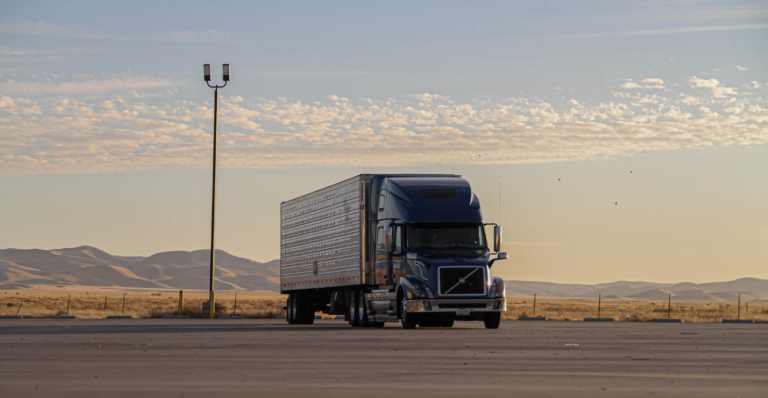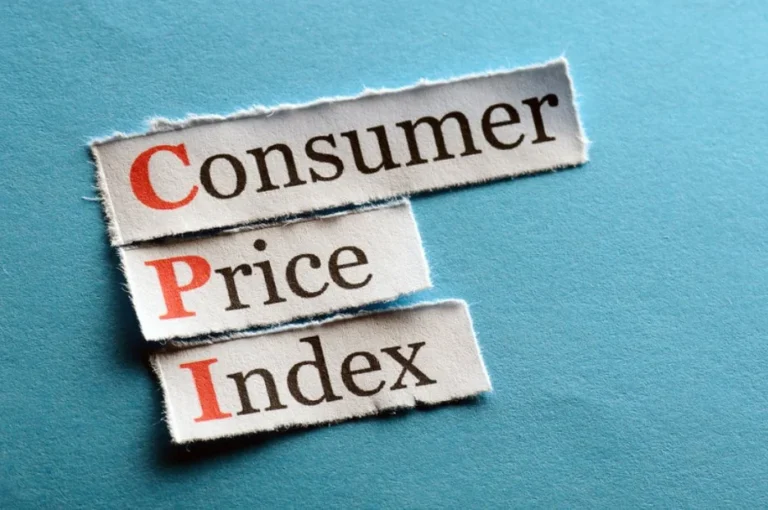While Australia managed to avoid daily COVID diagnoses in the multiple thousands during the first and second waves of the pandemic, by the summer of 2021 the virus had well and truly taken hold.
Case numbers skyrocketed, mostly thanks to Omicron and the busy holiday period. Over the Christmas period, stores saw empty shelves, not because of panic buying but because there simply weren’t enough drivers to transport goods or workers to unpack what had been delivered.
When school started there was a brief lull in the numbers but after a few weeks children brought the virus home and passed it on to their parents, resulting in more lost work hours for many businesses.
Numbers have now ‘settled’ to around 10,000 cases per day but experts say we’re not out of the woods.
COVID forecasts for winter 2022
We are getting used to living with COVID, with very few restrictions in place and unvaccinated travellers allowed to enter the country without quarantine.
Recently, the Australian Health Protection Principal Committee (AHPPC) acknowledged the threats caused by a potential new wave of COVID, saying that a resurgence of the original Omicron strain, variants of Omicron or completely new variants are all possible.
While the committee stated that the risk of demand on hospitals is to be offset by increasing population-level immunity and the availability of treatments, “COVID-19 and influenza-related absenteeism in the health system will likely be significant.”
It suggested that businesses and individuals have an important role to play in winter preparation and response, by following guidance on preventive measures and planning for potential disruptions.
The Federal Government echoed the committee’s words, saying that there is the possibility of a vaccine-resistant or more virulent wave of COVID taking hold during the winter months in Australia. The Federal Budget took additional waves and lockdowns into account, estimating that a worst-case scenario will result in an $11 billion hit to the economy, in conjunction with a rise in unemployment.
To add to the threat of COVID, the standard flu virus, which barely affected anyone in 2020 and 2021, is back with a vengeance. There is even the prospect of catching ‘flu-rona’ and having influenza and COVID at the same time.
How to be prepared
The Government keeps a worst-case scenario in mind and businesses are encouraged to do the same.
Figuring out how to stay operating with up to 50% of your staff at home is a worthy exercise in these times. Asking people to document their regular tasks by writing instructions or filming short videos and uploading them to a central intranet is one solution to minimise the impact of absenteeism. Having ready-made email templates and website modules explaining delays in delivery to customers is another.
The other important thing is to be prepared for the suppliers you rely on to encounter the same types of problems. Start thinking now about ordering ahead so you aren’t impacted by delays.
If you use freight to send goods to customers, you’ll need to quickly find out which operators have the best capacity. Having a freight agent with their finger on the pulse will make a big difference. Your agent will connect you with the providers that can either deliver sooner or offer better value for money.
Want to stay in control of freight during another wave of COVID? Speak to EFS today.






